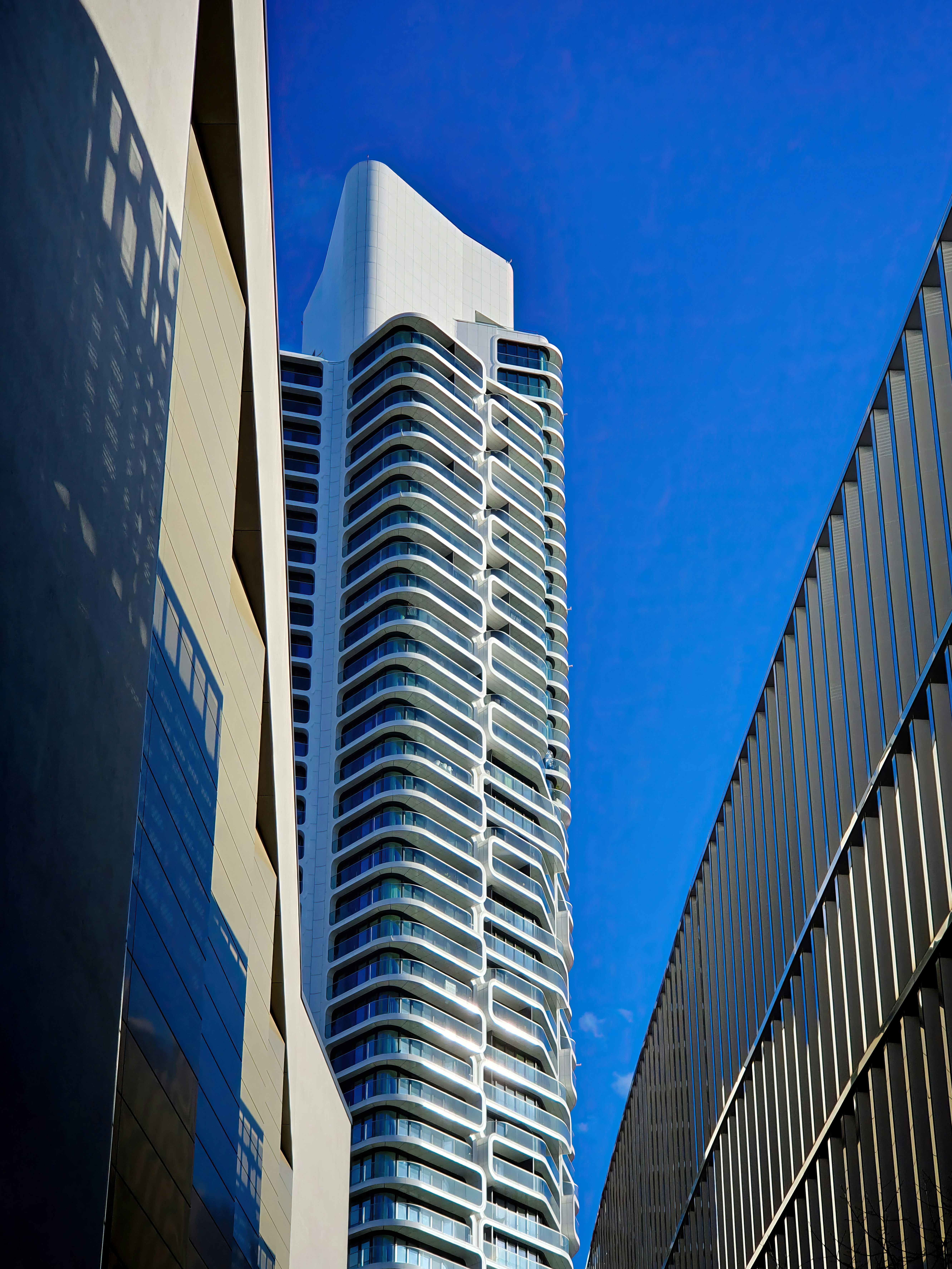
Blog Details
Selling your home is a major decision, and ensuring you get the best possible price for it is key. While the market can influence your home's selling price, there are several ways to increase its appeal and value before putting it on the market. By making smart upgrades, presenting your home in its best light, and making a few strategic changes, you can maximize the value of your property. Here’s how to get started:
1. Boost Curb Appeal
The first impression matters. Potential buyers often decide whether they like a home based on its exterior, so making sure your property looks inviting from the street is crucial.
Landscaping: Trim bushes, mow the lawn, plant flowers, and add fresh mulch to flower beds. A neat, well-maintained yard gives the impression of a cared-for home.
Front Door: Consider painting your front door a fresh, bold color or replacing an outdated one. It’s a simple change that can have a big impact.
Lighting: Install outdoor lighting along walkways or near the entryway to add warmth and make the space feel more welcoming.
2. Declutter and Deep Clean
Buyers need to imagine themselves living in your home, and clutter can make this difficult. A clean, organized home will show better and make the space feel larger.
Declutter: Remove personal items, excessive furniture, and anything that makes rooms feel cramped. Clean out closets to give the illusion of more storage space.
Deep Cleaning: Have carpets cleaned, wipe down walls, scrub floors, and pay attention to less noticeable areas like baseboards, vents, and light switches. A fresh, clean home makes a great impression.
Neutralize Scents: Air fresheners or candles can mask unpleasant odors, but make sure not to overwhelm the space with strong smells. A fresh and neutral scent is best.
3. Make Simple Repairs
Buyers often shy away from homes that appear to need a lot of work, so addressing simple maintenance issues can go a long way in making your home more marketable.
Fix Leaks: Repair any plumbing leaks or drips and replace worn-out faucets.
Patch Holes: Fill in small holes in the walls, fix cracked tiles, and touch up chipped paint.
Replace Broken Fixtures: Make sure light fixtures, faucets, and door handles are all working properly and replace anything that's outdated or broken.
4. Upgrade Key Areas
While major renovations may not always be necessary, certain areas of the home can provide a significant return on investment when upgraded. Focus on these high-impact spaces:
Kitchen: The kitchen is often a make-or-break room for buyers. If your budget allows, consider updating countertops, replacing old appliances, or adding a fresh backsplash. Even minor upgrades like painting cabinets and adding new hardware can make a difference.
Bathrooms: Renovating a bathroom can yield a high return. Simple changes like regrouting tiles, replacing outdated fixtures, or installing new mirrors and lighting can modernize the space without a huge investment.
Paint: A fresh coat of neutral paint can make any room look brighter, cleaner, and more modern. Stick to neutral tones like whites, grays, or beige to appeal to a wider audience.
5. Stage the Home
Staging a home allows potential buyers to envision the full potential of the space. You don’t have to spend a lot of money on professional staging, but simple changes can make a huge impact.
Furniture Arrangement: Arrange furniture to create an open, inviting flow. Remove any oversized or unnecessary pieces to make rooms feel larger.
Add Accents: Use decorative items like throw pillows, rugs, and art to make the space feel more welcoming. Fresh towels, plants, and candles in the bathroom and kitchen can also help.
Let in Natural Light: Open all curtains and blinds during showings to let natural light flood the rooms. A bright home feels airy and spacious.
6. Highlight Energy Efficiency
With growing concern about energy costs, many buyers are looking for energy-efficient homes. Highlighting these features can add value and appeal to buyers who are conscious of utility costs.
Upgrade Insulation: Ensure your home is well-insulated and highlight this feature in your listing.
Energy-efficient Appliances: If possible, replace old appliances with energy-efficient ones, such as refrigerators, dishwashers, and HVAC systems.
Smart Home Features: Adding smart thermostats, lights, or security systems can make your home more attractive to tech-savvy buyers.
7. Consider Pre-Listing Inspections
If you’re worried about potential issues with your home that might be uncovered later, consider investing in a pre-listing inspection. This can identify hidden problems, giving you a chance to fix them before they become negotiation points. It also shows buyers that you’re proactive and transparent, which can increase buyer confidence.
8. Set the Right Price
Lastly, pricing your home correctly is crucial. A competitive listing price can help you attract serious buyers and may even generate multiple offers. Work with a real estate agent who knows your local market to ensure you’re setting the right price based on recent comparable sales and market trends.
Final Thoughts
Maximizing your home’s value before selling doesn’t always mean making costly renovations. Small repairs, cosmetic updates, and a clean, clutter-free space can make a world of difference. By focusing on high-impact areas and presenting your home in its best light, you can ensure that your property stands out in a competitive market and attracts the best offers.


